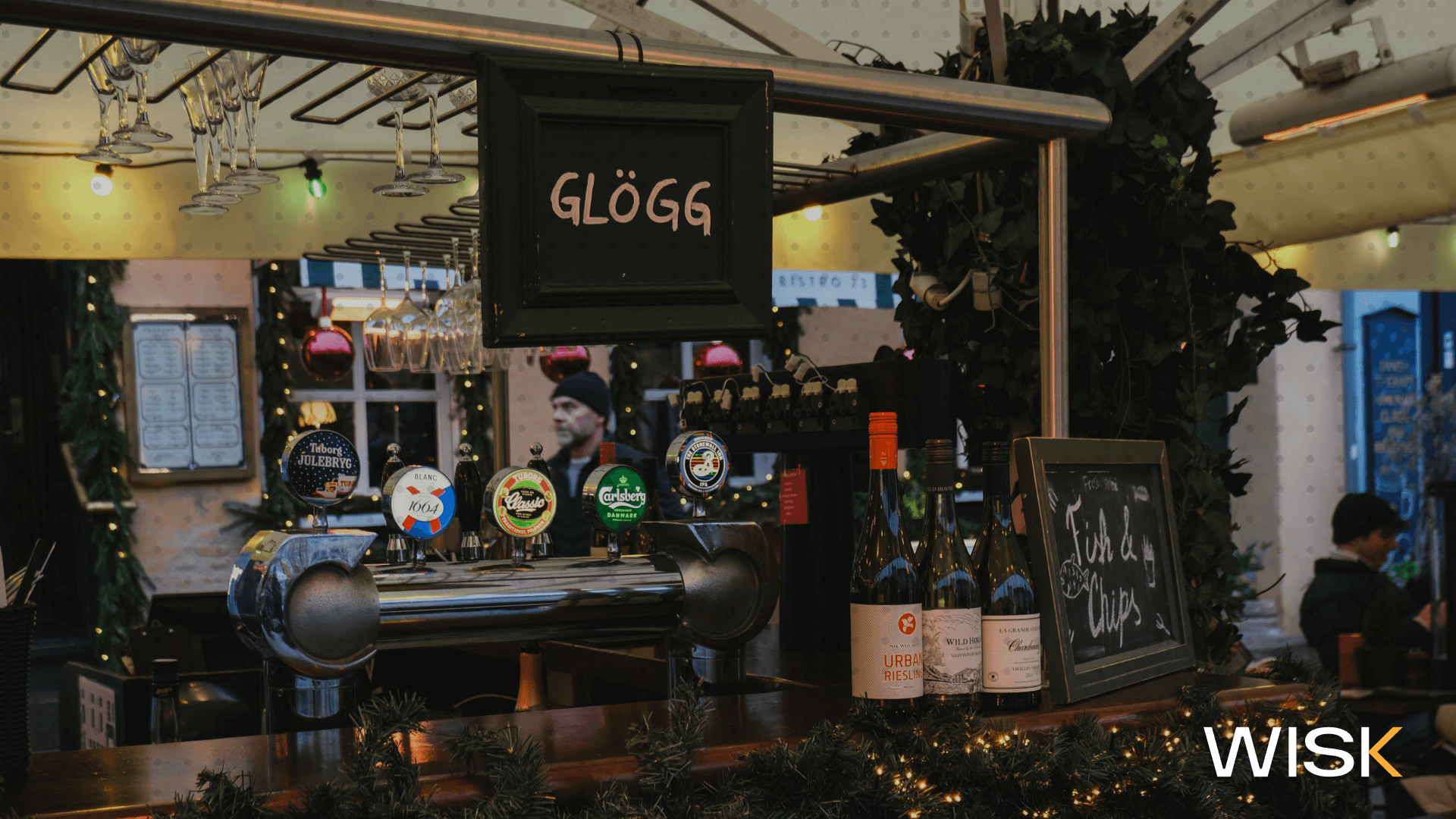Even if your bar uses a inventory management system to make the process of taking inventory easier and faster, it’s still important to understand the manual process and everything it entails.
Dealing with “liquid” assets at bars and restaurants can make the process of inventory especially difficult, as it adds complications like spillage, dead stock, free drinks, and other variables that impact stocking needs and, ultimately, your establishment’s bottom line.
Below we’ll break down the bar inventory process and everything you should be taking into consideration. In the end, we can all agree inventory sucks. But, if you take these factors into consideration, you can still come out on top in time and money savings.
Calculating Usage
There's a pretty simple formula for calculating usage. Usage is what supply you had minus what supply you have left. In other words, it’s starting inventory + supply purchased – remaining inventory.
It’s also important to take note of variables such as percentage of liquor left in half-full bottles, the size of individual bottles, type of alcohol, and brand names to help with ordering. It’s important to note all of these in the spreadsheet or tracking tool you use for inventory.
Sales and Losses
Determining usage is the easy part. The hard part comes from using the data to learn how profitable your bar is and how much supply you’re losing.
This is the part that can cause an otherwise sane bar manager to want to pull their hair out.
For this, you need to keep accurate track of how much liquor is used per drink, including how much is lost through spillage and free drinks and whether drinks are priced correctly. Look for trends to determine areas where you can minimize loss and improve sales. This will help ensure you run the bar profitably.

Drink Pricing and Ordering
Once you nail down usage and establish trends in sales and losses, it’s time to create a schedule for placing orders and set appropriate drink prices.
Use your usage data to figure out how early you need to place orders for new supply and organize it by the categories you set up while calculating usage, such as alcohol type, brand names, etc.
The catch here is that it’s important to be as detailed as possible to avoid under or over stocking, which can lead to money losses over time.
Bar inventory might seem like a tedious task, but when executed with precision, it can revolutionize your business operations and ultimately, see your ROI on a steady upward trajectory.
Lastly, optimize drink prices based on your ordering needs and popular products. Pro Tip: Always check with your supplier for deals and discounts when ordering to maximize your savings. To learn more about bar inventory, check out https://www.wisk.ai/for/wisk-bar-management-software.




